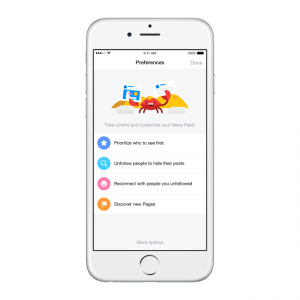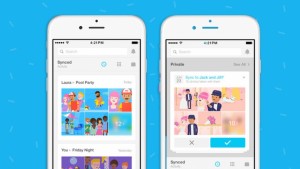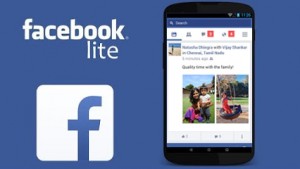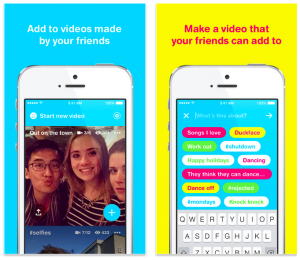More Competition in the World of Live-Streaming
In Social Bookmarking, Social Media, Social Media News Brief, Social Networking, Web 2.0 | No comment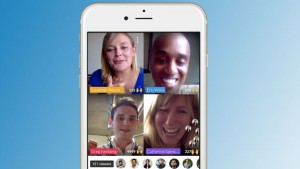
It’s probably least surprising that Facebook has decided to jump into the business of live-streaming, although they are handling it quite a bit differently than the options that have been available on Twitter. Facebook has added live-streaming as a feature called ‘Live’ to Facebook Mentions, which is the app that allows celebrities to connect with their fans. Thus, the live-streaming function is not available to all Facebook users and is instead only offered to those who have Facebook Mentions accounts. Anyone following these celebrities on Facebook is able to like, comment on, or share these live-streaming videos. The ‘Live’ product manager has stated that this feature may be rolled out to other users in the future, once the company has received feedback from public figures and viewers.
Another type of live-streaming has appeared that’s more accessible for the average person. With Blab, a new app currently in beta, users sign in with their Twitter information and can join a live-streaming video chat of up to four people. Effectively, the app manages to operate as Meerkat or Periscope, only for groups of people. Users can watch the video chat and can mute any of the windows at their leisure. Blab is expected to make waves, in that it could be used for interviews, debates, and other purposes.



